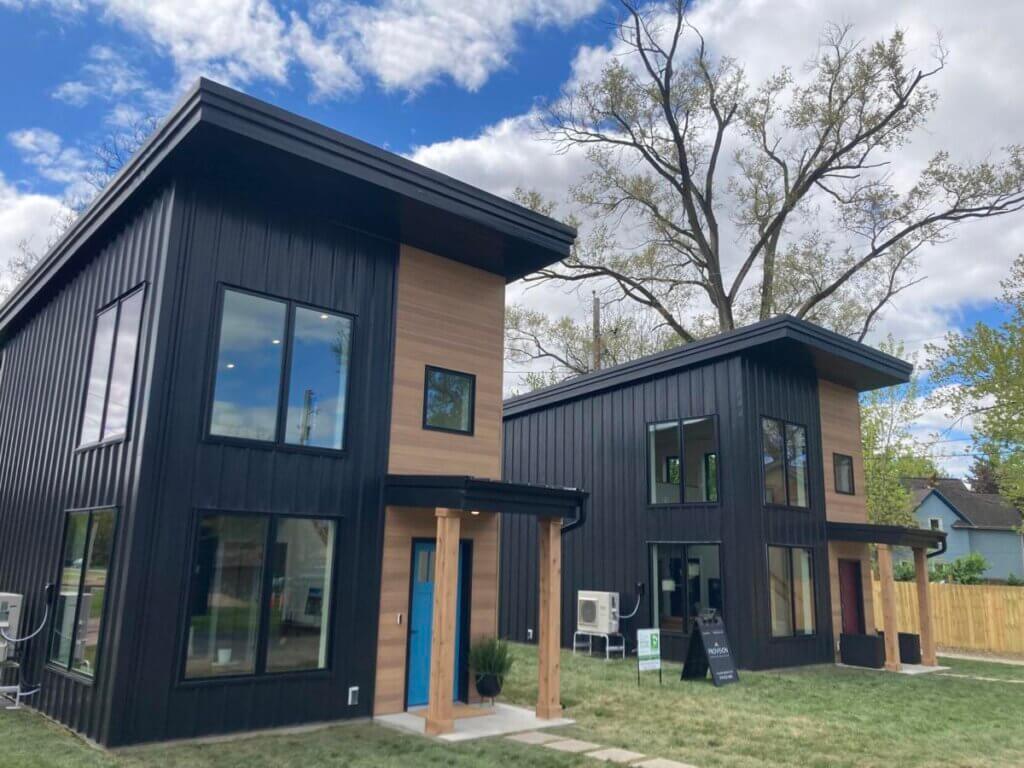Why By-Right Affordable Housing in California Is the Right Thing To Do
Published On May 24, 2016
The following piece was originally drafted as a letter of support for Governor Jerry Brown’s proposed legislation to streamline local housing approvals. The original letter, with citations, can be found here.
The Permit Streamlining Act. On May 13, 2016, Governor Jerry Brown proposed a change to state law that would streamline affordable housing proposals and spur much needed housing production. Introduced as a part of the administration’s May Revision to the 2016-17 Budget, the by-right bill would effectively change the way local jurisdictions approve housing projects. In doing so, Brown has acknowledged that in order to facilitate more building throughout the state, there must be a corresponding change to how cities and counties approve housing.
Here at the Terner Center, we support the Governor’s proposal as an important first step in addressing the lack of affordable housing in California.
Taking aim at California’s housing shortage. California is experiencing rapidly rising housing costs, with attendant negative impacts on families, the economy, and the environment. While there are multiple contributing factors to California’s housing crisis, it is clear that supply matters, and there is an urgent need to expand supply in equitable and environmentally sustainable ways. The Governor’s proposal addresses these policy goals by 1) ensuring that localities approve developments that meet affordable housing and environmental goals, and 2) streamlining the approval process to reduce the costs of development.
Lengthy development timelines contribute to the affordability problem. A key driver of higher housing costs in the state is the development costs associated with lengthy entitlement processes. California’s entitlement process is unusually complicated and cumbersome: the permitting process for new development in coastal communities in California takes a third longer than in the average American city. This greatly increases the costs of development: in the Bay Area, each additional layer of independent review is associated with a 4 percent increase in a jurisdiction’s home prices.
Local land use regulations and discretionary zoning limits housing production. Studies have shown that local land use and development regulations contribute significantly to the shortage of affordable housing in many communities. While some local jurisdictions have responded to the affordable housing crisis through the adoption of local ordinances that encourage affordable housing, over two-thirds of cities and counties in California’s coastal metros have done the opposite: adopting policies explicitly aimed at limiting housing growth and leading to disparate levels of housing production in areas experiencing job growth. Moreover, cities across the state are failing to meet their Regional Housing Needs Allocation (RHNA) targets. For example, in the Bay Area, cities permitted less than 30 percent of their very low, low, and moderate income housing need allocations between 2007 and 2014, falling short of their goals by over 90,000 units.
Streamlining California’s land entitlement process would significantly increase the production of affordable housing. Other states that have enacted statewide legislation to streamline the permitting and development process have seen a significant increase in housing supply. For example, Massachusetts passed a Comprehensive Permit Law (Chapter 40B) in 1969, which streamlined the approvals process for eligible affordable housing developments. As of 2010, the majority of municipalities in Massachusetts had produced affordable housing using the comprehensive permit process, and more than half of all Massachusetts cities and towns had at least 5 percent of their housing stock affordable to low-income families, including many in affluent suburbs with highly rated public schools.
Failing to act has significant negative repercussions for the economy, equity and climate change. According to a new study by economists Chang-Tai Hsieh and Enrico Moretti, the lack of affordable housing in cities like San Francisco and San Jose costs the U.S. economy about $1.6 trillion a year in lost wages and productivity. In addition, research is increasingly showing that local growth controls and local discretion in the permitting process are significantly associated with rising residential segregation and inequality. Jason Furman, President Obama’s Chairman of the Council of Economic Advisors, has argued that restrictive zoning impedes residential mobility which leads to increased levels of inequality and declining productivity growth. He writes, “While land use regulations sometimes serve reasonable and legitimate purposes, they can also give extranormal returns to entrenched interests at the expense of everyone else…[reducing these barriers] could make the economy more competitive by removing artificial barriers, thus improving both the distribution of income and the productive capacity of the economy.” In addition, failing to expand the supply of affordable housing may also undermine California’s ambitious climate change goals, as families need to commute increasingly long distances due to jobs/housing imbalances.
No single policy tool can solve the severity of California’s housing crisis. We know that addressing the housing challenges of the lowest income and most vulnerable citizens in our State requires public subsidies that will need to come from local, state and federal sources. However, given limited resources, it is vital that we use existing public subsidies more effectively. The Governor’s proposal will make affordable housing development less expensive and more efficient. As a recent American Planning Association report on the benefits of by right development noted, “the money that currently goes to hiring attorneys and expert witnesses and paying interest can reduce the cost of the use or development,” thereby making sure that dollars spent on affordable housing go further.
For all of these reasons, the Terner Center applauds the Governor’s proposal and urge its adoption.





